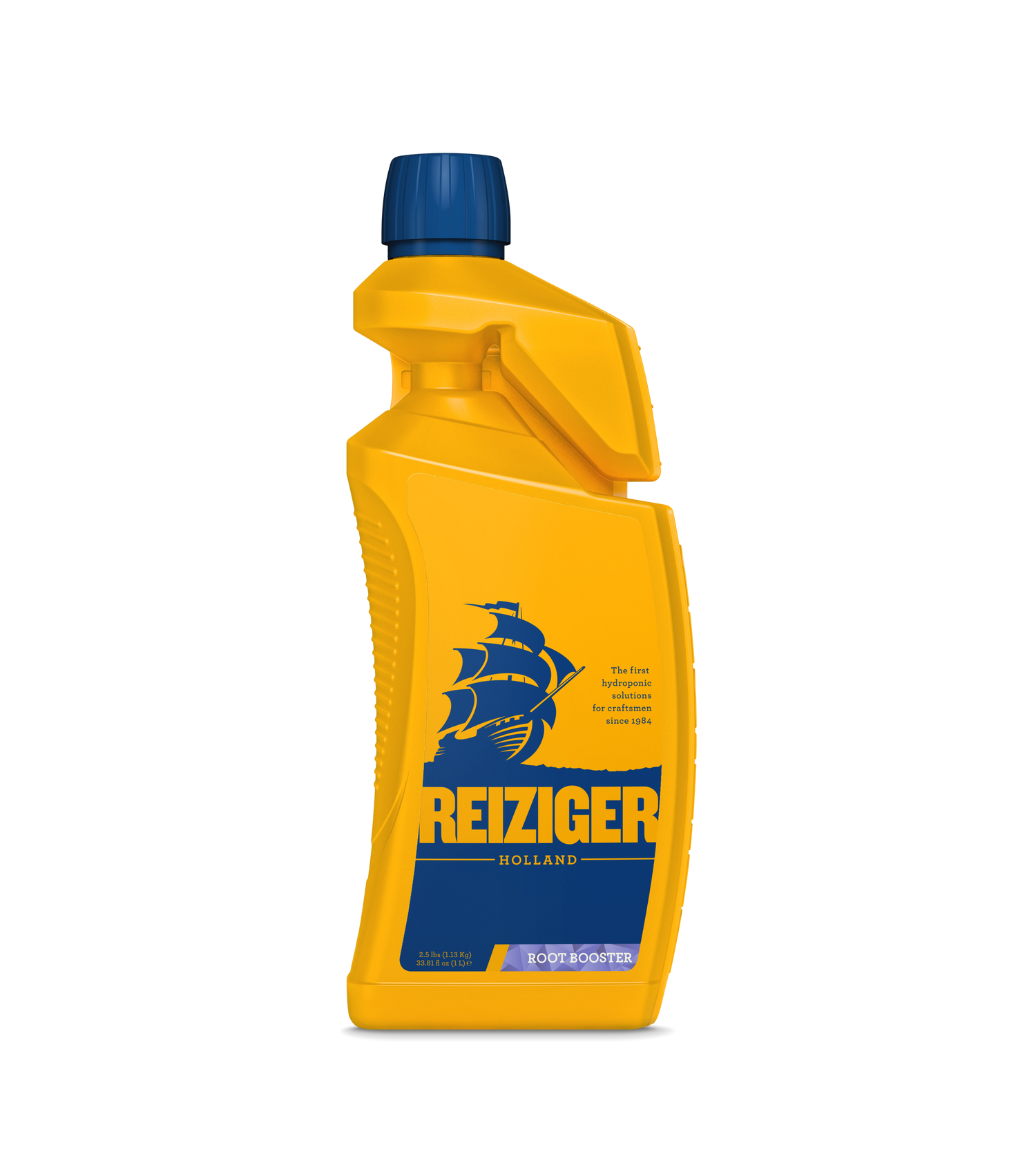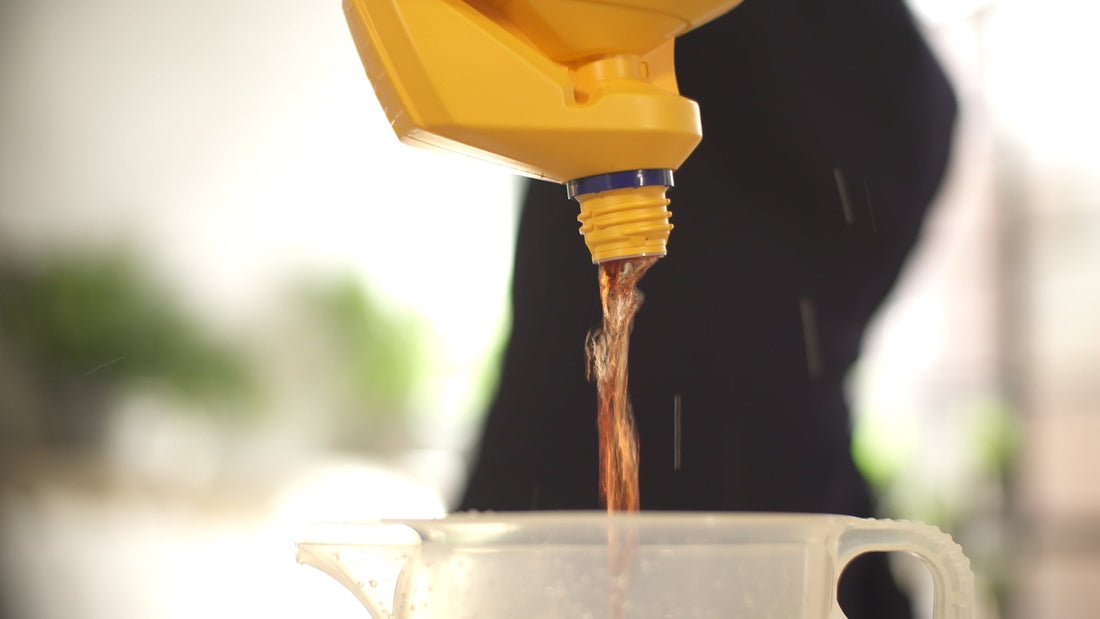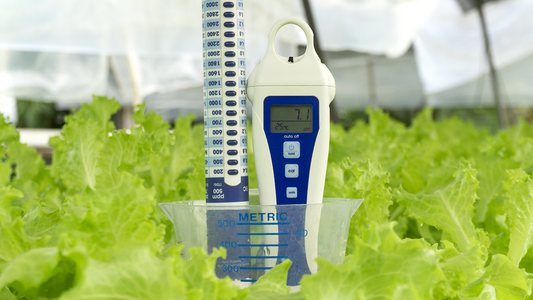Understanding the Importance of Hydroponic Nutrients for Coco Cultivation
When it comes to the cultivation process, hydroponic nutrients play a very crucial role in the results that you will obtain. That’s simply hydroponics 101, as plant nutrients need to be administered in the proper manner in order to maximise the size and vibrancy of your yield. There are three primary nutrients utilised during cultivation, each essential and non-negotiable.
Nitrogen, phosphorus, and potassium are fundamental nutrients for successful culinary and medicinal herb growth. However, cultivating in coco coir presents specific challenges and considerations. REIZIGER COCO FOOD A&B has been specifically tailored for coco cultivation, allowing growers to apply precise quantities of nutrients needed during both growth and blooming phases, ensuring optimal plant performance.
Watering in Coco Cultivation
One significant challenge in coco cultivation is water management. Coco acts like a sponge, holding water yet not releasing all of it readily to plants. Although the substrate may look damp, sufficient water might not be available. Conversely, constant watering risks overwatering, depriving roots of essential oxygen. It's advisable to water coco when substrate moisture is at least 50% depleted—preferably 70%—particularly during critical root establishment in the first weeks of growth.
For precision, growers can employ a tensiometer, a reliable device measuring the substrate's water potential—essentially, the force plants need to extract water. Alternatively, growers can determine water availability by thoroughly watering containers, allowing drainage, weighing them, then allowing plants to reach the wilting point and weighing again. When 50-70% of this water has been consumed, it's time to irrigate again. Avoid frequently allowing plants to wilt, as this significantly stresses the plants.
Chemical balance in coco coir cultivation is critical and complex:
- Coco’s natural pH is typically unsuitable and needs adjustment.
- Coco's cation exchange capacity (CEC) differs from traditional substrates. Coco tightly binds divalent ions such as calcium and magnesium, potentially causing nutrient lockout.
- Decomposition in coco substrate releases additional ions, disrupting nutrient availability and ratios. Buffered coco substrates like those used by Reiziger have preloaded divalent elements, stabilising pH and ensuring nutrient availability.
Higher nutrient concentrations become necessary to avoid calcium deficiencies if the irrigation water is very soft (common with reverse osmosis systems). Plain water irrigation disrupts the coco’s buffering capacity and nutrient ratios, causing imbalances and deficiencies. Therefore, using nutrients explicitly formulated for coco, such as REIZIGER COCO FOOD A&B, is crucial to maintaining buffer stability and optimal nutrient uptake.
Accurate coco substrate analysis for EC and pH relies on barium chloride extraction. Run-off alone won't suffice, as barium chloride effectively releases bound cations like sodium, potassium, calcium, magnesium, and ammonium, accurately reflecting the coco substrate quality.
Reusing coco is common among growers, though insufficient decomposition from previous cycles can result in nitrogen binding, manifesting deficiency symptoms in subsequent crops.
Some growers attempt to enhance aeration by mixing perlite, although its similarity in physical characteristics to coco limits its effectiveness in increasing porosity and can unnecessarily alter the chemical profile.
Recommended nutrient concentrations:
Reiziger’s specifically formulated nutrients for coco—REIZIGER COCO FOOD A&B—enable cultivators to precisely adjust nutrient levels throughout vegetative and flowering phases.
Vegetative Stage Nutrient Requirements:
- REIZIGER COCO FOOD A&B: Maintain an Electrical Conductivity (EC) between 0.9–2.0
- REIZIGER Root Booster: 20 ml per 10 litres, adjusted progressively based on plant maturity
- REIZIGER Grow Booster: Consistently apply at 25 ml per 10 litres
Flowering Stage Nutrient Requirements for Coco Cultivation:
- Weeks 1–2: REIZIGER COCO FOOD A&B: 7.5–11.5 ml per gallon
- Weeks 3–4: 9.5–13 ml per gallon
- Week 5: 11.5–15 ml per gallon
- Weeks 6–7: 7.5–11.5 ml per gallon
- Final week: 5.5–9.5 ml per gallon
- Root and Grow Boosters: Consistent 7.5–11.5 ml per gallon across the flowering stage
Additional Considerations for Optimal Coco Cultivation:
- Water Type:
The ideal coco pH should be maintained consistently between 5.5 and 6.2. For Reverse Osmosis (RO) or soft water systems (EC below 0.2 mS/cm), increase the EC by 0.4 mS/cm to ensure adequate nutrient buffering. Keep the EC below 0.4 mS/cm for Tap Water to ensure proper nutrient buffering and avoid salt buildup. - Pre-Harvest Flushing:
Three days prior to harvest, flush coco with water at pH 6.0–6.4, aiming for an EC below 0.12 mS/cm (PPM 500: <50, PPM 700: <70). - Reusing Coco Substrate:
If reusing coco, double your REIZIGER Grow Booster dosage from the standard 25 ml per 10 litres up to 20 ml per gallon (approx. 50 ml per 10 litres) to replenish nutrients and boost plant performance effectively.
These precise guidelines, derived from decades of research and practical expertise at Reiziger, ensure that cultivators can confidently produce exceptional yields, vibrant flowers, and robust plant health using coco substrates.
Micronutrients: Ensuring a Complete Diet
Beyond macronutrients, magnesium, calcium, sulphur, boron, manganese, zinc, copper, iron, and molybdenum are crucial. Calcium improves nutrient transport; magnesium is essential for chlorophyll production; sulphur aids in chlorophyll’s transfer and plant metabolism; boron supports root tip development and sugar transport; manganese facilitates photosynthesis; zinc promotes strong stems; copper aids protein development; iron is essential for chlorophyll production; molybdenum helps nitrogen processing.
Implementing a Successful Coco Nutrient Feeding Routine:
Hydroponic nutrient routines vary by growth stages, substrates, and environmental conditions. Cultivators must account for factors such as temperature and pH levels. The ideal coco pH is 5.5 to 6.5. High temperatures speed nutrient uptake; low temperatures slow it down. Monitoring and adjusting EC and pH regularly prevent nutrient lockout and burn.
Recognising and Addressing Nutrient Imbalances:
Phosphorus deficiency manifests in yellowing leaves, purple leaf coloration, poor bud development, and increased susceptibility to pests and disease. Potassium deficiencies show similar yellowing and weakened plants, resulting in smaller buds and reduced yields. Nitrogen deficiency symptoms include leaf yellowing, pale coloration, and browning, whereas excess nitrogen darkens foliage and can cause harsh buds. Swift corrective nutrient adjustments and root flushing (if needed) address these issues.
Exploring Reiziger’s Premium Coco Nutrient Solutions:
Reiziger traces its roots to the legendary Seed Bank of Holland, renowned for pioneering high-value plant cultivation and genetics globally. Reiziger continues this legacy today, crafting premium coco nutrient solutions tailored specifically for coco coir cultivation. With Reiziger’s COCO FOOD A&B and comprehensive booster range, cultivators achieve robust growth, enhanced terpene and plant compound profiles, and superior yields while minimising pest issues and nutrient lockouts.
Final Thoughts:
Effective nutrient management in coco cultivation is critical to the success of medicinal plant cultivation. Mastering this science significantly enhances yield quality and quantity. Reiziger’s longstanding dedication to research and innovation ensures that cultivators have reliable support and superior-quality nutrients at every growth stage. Trust in Reiziger’s experience—perfect your craft by choosing nutrient solutions with a legacy of excellence.
Perfect your craft. Try REIZIGER for yourself today.





